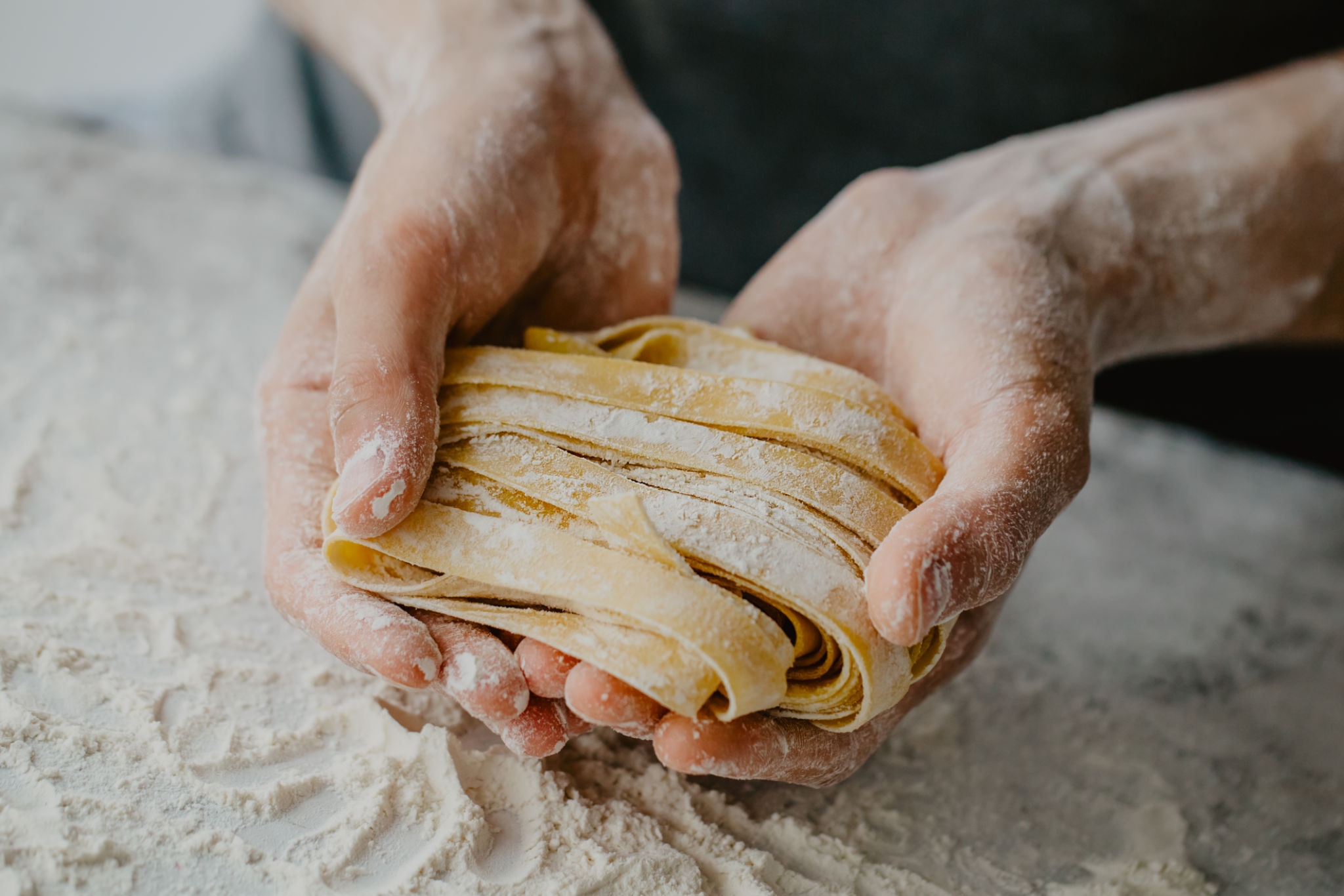The Science Behind Perfect Pasta Dough
Understanding the Basics of Pasta Dough
Pasta, a staple in Italian cuisine, is more than just a dish; it's an art form. Creating the perfect pasta dough requires a deep understanding of its fundamental components. At its core, pasta dough is made from just two ingredients: flour and eggs. However, the type of flour used can significantly impact the texture and flavor of the pasta. The most commonly used flour is semolina, made from durum wheat, which provides the perfect balance of protein and gluten.

The Role of Gluten in Pasta Dough
Gluten, a protein found in wheat, plays a crucial role in pasta dough. It provides elasticity and strength, allowing the pasta to hold its shape during cooking. When flour and water mix, gluten strands form and create a network that traps air bubbles, resulting in a chewy and satisfying texture. The kneading process is essential for developing this gluten network, making it a vital step in achieving the desired consistency.
To enhance gluten development, it is important to knead the dough for at least 8-10 minutes. The dough should become smooth and elastic, indicating that the gluten has been sufficiently activated. Under-kneaded dough can lead to a crumbly texture, while over-kneading can make the pasta tough.
Perfecting the Dough Consistency
The consistency of pasta dough is another critical factor that determines the quality of the final product. The ideal dough should be firm yet pliable, neither too dry nor too sticky. Achieving this balance often requires adjusting the amount of flour or liquid based on environmental factors such as humidity.

One way to test the consistency is by performing the "poke test." Gently press a finger into the dough; it should spring back slowly, indicating the right moisture content. If it feels too dry or cracks appear, add a small amount of water. Conversely, if it's too sticky, sprinkle in some additional flour.
The Art of Resting the Dough
Resting the dough is an often-overlooked step that plays a significant role in perfect pasta preparation. Allowing the dough to rest for at least 30 minutes gives the gluten time to relax, making it easier to roll out without springing back. This resting period also helps integrate moisture evenly throughout the dough, resulting in a smoother texture.
During this time, wrap the dough tightly in plastic wrap or place it under an overturned bowl to prevent it from drying out. A well-rested dough will be more manageable and less prone to tearing during shaping.

Shaping and Cooking Your Pasta
Once rested, it's time to shape your pasta. This can be done using a pasta machine for uniformity or by hand for a more rustic appearance. Popular shapes include fettuccine, tagliatelle, and ravioli. Whatever shape you choose, ensure that the thickness is consistent to guarantee even cooking.
Cooking fresh pasta requires only a few minutes in boiling salted water until it reaches al dente perfection. Fresh pasta generally cooks faster than dried pasta, so keep a close eye on it to avoid overcooking. The result should be tender yet firm to the bite.
Conclusion: Mastering the Art
Mastering the art of pasta dough takes practice and attention to detail. By understanding the science behind each step—from selecting the right flour to resting and shaping—you can create pasta that rivals any Italian kitchen. Experiment with different variables and flavors, and soon you'll be crafting your own signature pasta dishes with confidence.